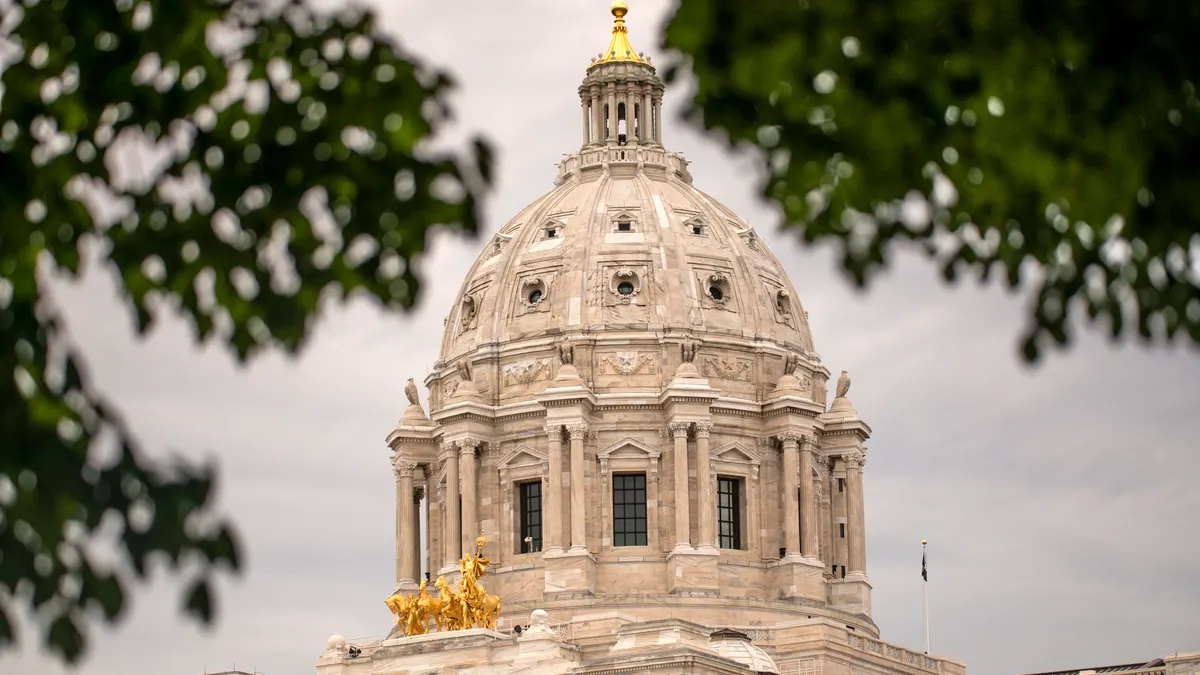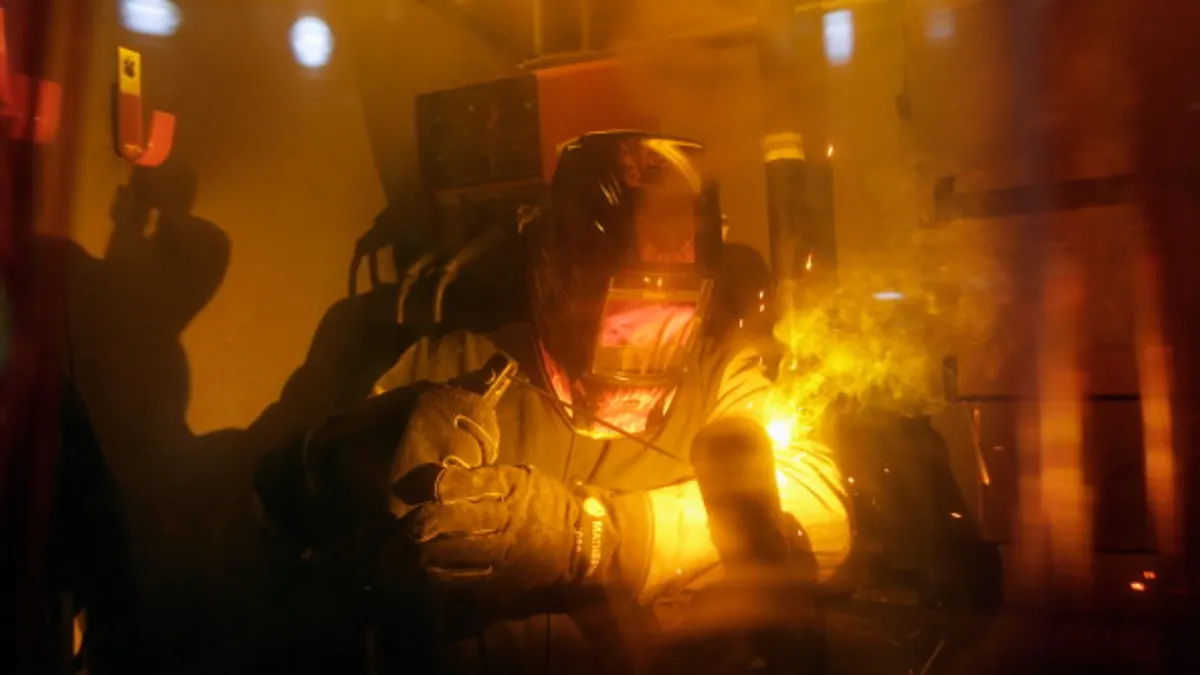The State University of New York experienced enrollment growth for the first time in a decade, but the modest increase raises the question of whether policymakers’ ambitious headcount targets for the 64-campus system are achievable.
Gov. Kathy Hochul, a Democrat, has sought to lift SUNY’s enrollment to 500,000 students, a far cry from the 367,542 who enrolled for fall 2023. This fall’s count represents just a 1.1% increase from the previous fall’s 363,612 students.
Still, the numbers suggest the state’s efforts to break down barriers to college access, such as waiving application fees, are finding some success.
“I know firsthand that access to higher education is an engine for social mobility,” Hochul said in a statement Wednesday. “That’s why I will continue to make important investments in our higher education systems and take steps to ensure college is affordable and accessible for students of all backgrounds.”
What are the enrollment numbers?
Enrollment rose for all institution types within the system, which operates two- and four-year colleges. Its four-year institutions range in prominence and size, with some having a research bent and doctoral programs.
Headcounts at SUNY community colleges jumped 1.8% from 159,333 students last fall to 162,228 students this term. Other institutional enrollment rose just half a percentage point, from 204,279 students in fall 2022 to 205,314 in fall 2023.
How has SUNY's headcounts changed over the last decade?
First-year student numbers looked more promising, however. SUNY’s number of undergraduates entering college for the first time leapt 4.3% overall, from 64,873 students last year to 67,638 in fall 2023.
At community colleges, the number of first-time undergraduates rose to 33,395 this fall from 32,128 last year, translating to a 3.9% bump.
This development bodes well for the system, as it’s concentrated on attracting new undergraduates amid state population declines. Nationwide, colleges are bracing for the so-called demographic cliff of traditional-age students in a couple of years, a result of lower birth rates during the Great Recession.
For SUNY, the demographic challenges led to greater efforts to draw high schoolers. In the spring, the system sent letters to roughly 125,000 graduating high school seniors in the state, informing them they’d been automatically accepted to a local community college for fall 2023.
This approach is known as direct admissions, which various other states and organizations, like the Common Application, have also taken up. The Common App is an online portal enabling students to apply to more than 1,000 participating institutions.
SUNY maintains various application fee waiver programs, benefiting students like those in foster care or with military ties. The system scrapped all application fees for part of October, as did other public and private colleges in the state.
What are the state’s goals for the system?
In addition to the enrollment targets, Hochul has attempted to boost the profile of some institutions. She last year dubbed Stony Brook University and the University at Buffalo, two of the largest system colleges, as public flagships.
She said she envisioned each university bringing in $1 billion in annual federal research funding by 2030. Higher ed scholars, however, have described this goal as overly ambitious and more in line with funding for some of the most visible research institutions like Johns Hopkins University.
At University of Buffalo, for instance, sponsored research expenditures have reached only $232 million. However, that was a 16% increase compared to the previous year.
A SUNY faculty union has also lambasted Hochul and system leaders, accusing them of turning focus to the newly ordained flagships and similarly prominent institutions while hanging less notable colleges out to dry.
The union, United University Professions, this month formally protested a proposal at SUNY Potsdam to cut 10 of its degrees to address a $9 million budget deficit. Initially, the campus looked to trim 14. The group accused the system’s governing board of withholding funding from financially fragile campuses.
A system spokesperson referenced the $163 million increase to SUNY's state-operated campuses for fiscal 2024, noting that officials are putting the money toward initiatives like high-demand programs and mental health services. The increase includes an additional $2.5 million for SUNY Potsdam.
"At the same time, SUNY Potsdam has had a nearly 40% decline in enrollment over the past decade and is making difficult but necessary changes for the campus’s future," the spokesperson said via email. "SUNY is committed to funding excellence at every campus, and it would be a dereliction of both our fiduciary and educational responsibilities to use a historic state investment to plug structural budget deficits at a few campuses instead of investing in success across the entire System.”
SUNY Potsdam’s enrollment fell from 4,224 students in fall 2012 to 2,427 last year. However, its fall 2023 numbers were up 3% year over year, to 2,501, according to the new SUNY data.
The union is drumming up a similar defense for SUNY Fredonia, another struggling campus.
The group said last month it’s “very concerned that plans may be in the works to slash degree programs at SUNY Fredonia and other campuses facing projected multimillion-dollar deficits.”
SUNY Fredonia’s enrollment plummeted by 7.8% year over year, from 3,491 students in fall 2022 to 3,220 this year.




















